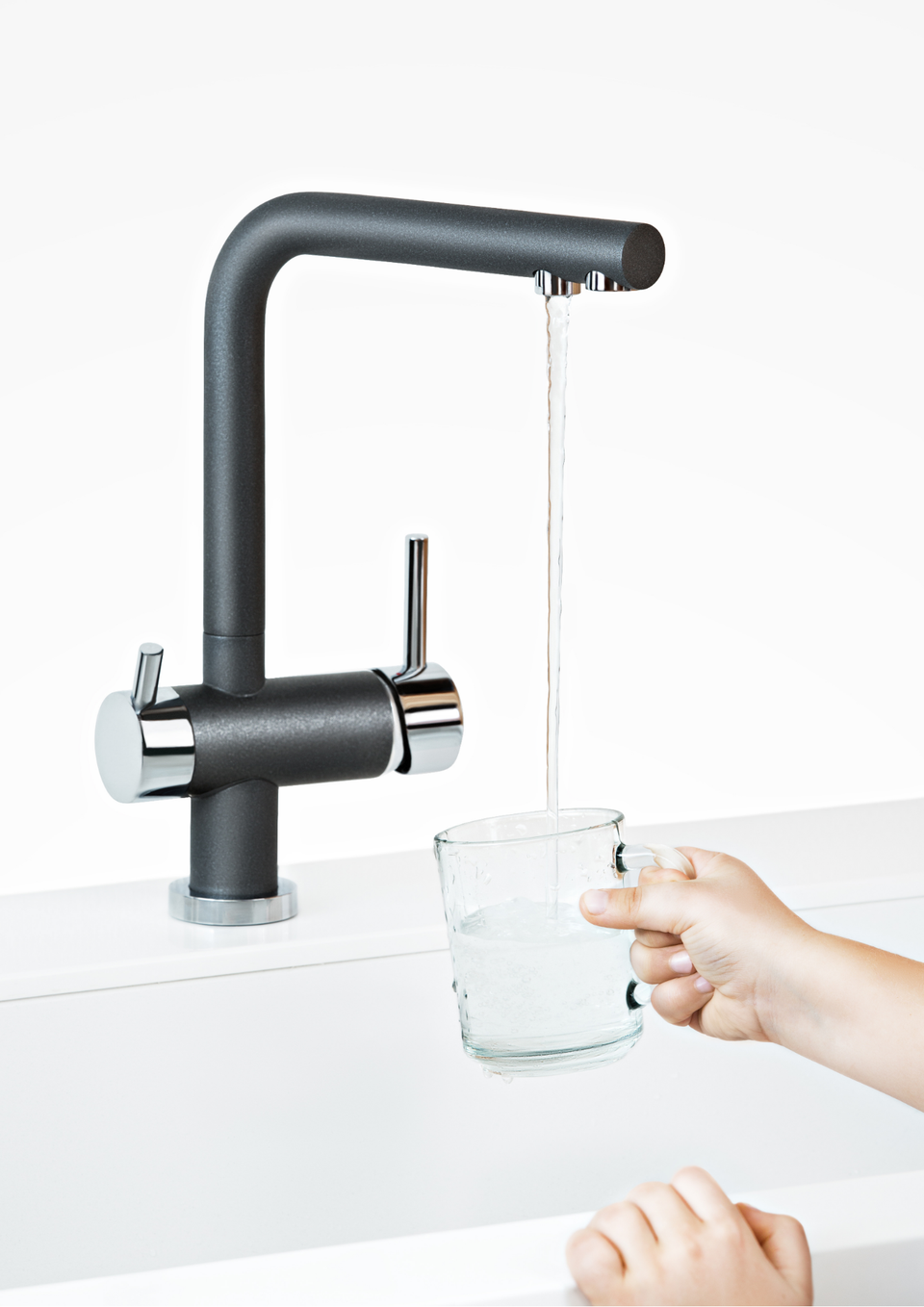How Often Should You Test Your Tap Water?
Do you know the type of contaminants or substances in your drinking water supply? Your health and wellbeing is of the utmost importance. And since water is necessary for sustenance and life, every living being should have the best quality of this life-giving liquid available and accessible all the time. The smallest amount of pollutants or contaminants can bring about severe health issues and even worsen your water-using appliances.
Why You Should Be Concerned About the Quality of Your Tap Water
The human body is made up of 70 percent water which ultimately controls every aspect of your health. That is why you should always be concerned about the quality of water you drink since your body depends heavily on it.
And it is not only the water you drink: you often cook with water, make coffee or tea, and juices. And of course, you shower and bathe with water; therefore, what should be foremost in your mind is assuring yourself of using quality water.
A few years ago, according to The Natural Resources Defense Council, approximately 30 cases of rectal cancer were linked with chlorination by-products in drinking water every day in America. Millions of Americans turn their taps on and get water that far exceeds the legal limits for life-threatening contaminates, as reported by USA Today-Special Report.
The legal limits – which are for the harmful substances that are compulsory to be tested for – are generally set for a 175-pound male who takes in or consumes only one toxin. It is no longer news that two or more toxic contaminants can put your overall health at risk. And many Americans are exposed to several harmful substances in the water we drink every day.
This begs the vital question: how safe is your drinking water? Or how safe is your tap water?
How Often You Should Test Your Tap Water
The importance of testing your drinking water, therefore, cannot be overemphasized.
Experts from the Environmental Protection Agency and municipal water systems often recommend testing your tap water annually for pH levels, total coliform bacteria, inorganic chemicals, disinfectants and their by-products, radionuclides, and even levels or amounts of chlorine.
Some of these contaminates have dangerous side effects and can trigger issues such as vomiting, gastrointestinal illness, diarrhea, pneumonia, and nausea. Even disinfectants added to tap water in order to get rid of or control microbes have health risks such as eye and nose irritation, anemia, stomach discomfort as well as nervous system effects.
Radionuclides increase the risk of kidney toxicity and cancer and generally come from the erosion of the natural deposits of some minerals that are known to be radioactive or from decay from human-made deposits.
Your tap water also has the following contaminates:
· E. coli
· Chlorine
· Asbestos
· Viruses
· Cyanide
· Mercury
· Arsenic
· Lead
· Barium
· Uranium
· Alpha and beta particles
All these imply that your tap water is not safe for drinking directly out of that water supply system. And it also shows you why you should test your tap water from time to time.
When testing your tap water, make sure it is carried out by a state-certified laboratory with years of experience and impeccable reputation. You may check in with your local health department for recommendations or referrals.
The test results should include the concentration of the dangerous substances you tested for as well as whether or not the concentration exceeds national primary or secondary drinking water standards.
Treating your tap water will depend on the type as well as the concentration of the substances in your tap water. Your local health department may lend a hand in this regard.
You should also consider installing a water filtration system that filters all the water that is used in your home. When you do this, you will significantly reduce the number of substances that will make their way into your drinking water or water used for cooking.
Conclusion
The importance of testing your tap water cannot be overemphasized. Ensure that you carry out the test at least once every year in order to safeguard your health and that of the members of your family. This will also prevent you from becoming another negative statistic in future.






